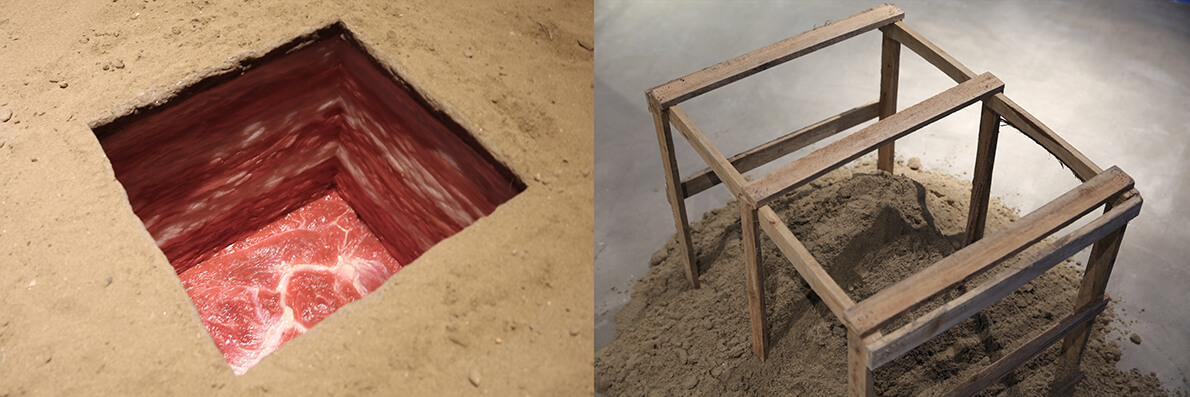The Merchant
Singapore relies heavily on sand for it’s building of infrastructure and public housing programs. United Nation Environment Program reported that Singapore is by far the largest importer of sand worldwide and imports its sand from various countries, for example China & Vietnam. With geopolitical tensions, legal sand import options are limited. In 2010, Singapore was accused of hurting Cambodia’s environment with its demands for sand, through illegal trade by smugglers. Global Witness, an international NGO for the environment, said Singapore’s failure “to mitigate the social and ecological cost of sand dredging represents hypocrisy on a grand scale." Local fishermen, meanwhile, complain that their livelihoods have been destroyed as fish stocks and crab harvests have plummeted since the dredging vessels arrived… Communities explained that they had not benefited from the sand dredging in any way. The Singapore authorities promptly issued a statement to deny the accusations. Singapore government continues to take the position that it has done what it can to adhere to international law and practices, and insists that it is the source countries which have the bigger responsibility that things are done legally.
Material: Sand, TPE, sillicone, wood, oil paint, emulsion paint, epoxy glue, steel, life bouy, nylon rope, smoke machine
Size: 3.5 x 7 x 0.7M (sand pit installation space) / 0.5 x 0.5 x 0.5M (sillicone)
Exhibited: Western Pacific – Solo show. Mo Shang Experiment (798 Art District, Beijing)


Pre-treated sand pit that creates flesh-like sensation when walked upon

Cubic meter of sand dug and ‘exported’ to the entrance of the gallery space
‘sea of fog’over the sand pit obscuring reality
Email: antchin69@hotmail.com | IG: anthonychin.art